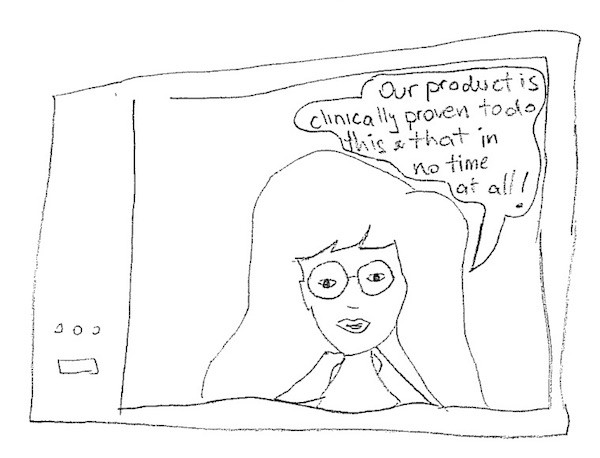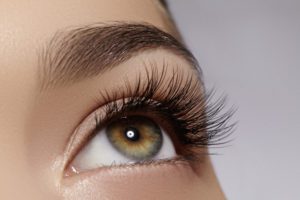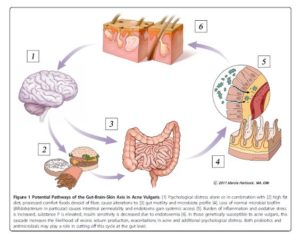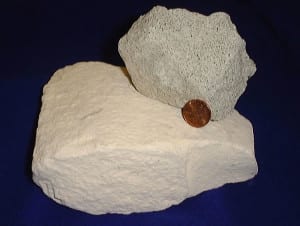These days cosmetic companies are well aware of the role of scientific trials in the successful marketing of their products. Although many cosmetic companies know which claims they wish to make on their products, not many know what processes are involved to test these claims.
An efficacy trial is the process of collecting and analysing relevant data regarding product use by trial participants, to determine whether the product is effective (or not) to achieve specified outcomes under certain conditions set by the trial protocol.
But how is the efficacy of the products assessed? Companies willing to undertake trials on their products should know that depending on the product to be studied, the most common options are:
1) Instrumental measurements
2) Expert assessment
3) Trial participants’ self-assessment
Let’s briefly look at each of them in more detail:
1) Instrumental measurements
In the past few decades, skin bio-engineering techniques have developed considerably. A few validated scientific devices are available for researchers to measure some common skin parameters, such as skin hydration, skin elasticity etc., which allow for highly reproducible results. Some of these instruments have been widely accepted as ‘gold standard’ for trials on cosmetic and dermatological products. The advantage of using instrumental measurements to assess product efficacy in a cosmetic trial is that they produce numerical data that is entirely objective and is therefore considered the most reliable type of evidence in support of an efficacy claim.
On the other hand, these instruments greatly rely on the expertise of the researcher to know how to use them properly in a cosmetic trial and follow appropriate Standard Operating Procedures (SOPs). Based on the results of the trial, various types of efficacy claims can be made for a product such as “it improves skin elasticity”, “it improves skin hydration” etc.
2) Expert assessment
In an efficacy trial, assessments conducted by an ‘expert’, or key opinion leader, often referred to as trial “investigator” are very common for both cosmetic and pharmaceutical products. The expert is a person that has specific training and experience to conduct such assessments. For each trial project the expert is instructed on the specific trial protocol, which explains in more detail the type of assessments to be made and any criteria that have been set for making such assessments. Such assessments generally produce categorical data that will be analysed and may be able to support efficacy claims involving skin characteristics that can be visually observed (e.g. “it improves the appearance of acne prone skin”). The advantage of this type of assessment is that it allows assessments of virtually any parameter that it is desirable, without the need for a specific instrument to measure it.
On the other hand, to produce reliable results, this type of assessment needs to be standardised. Plus, the study design should include a control (such as untreated area or a reference product) and the expert should be blinded as to which one is the treated area and which one is the control, to avoid any bias.
3) Trial participants’ self-assessment
Although subjective assessment sometimes might be perceived as less reliable to produce evidence of product efficacy, it has been used successfully in both cosmetic and pharmaceutical industry to support other types of product efficacy data. This assessment method is usually used to substantiate claims such as “X% of participants reported improvement in their skin hydration” or “X out of X thought that the product was easy to use”. Since cosmetic products help with personal appearance, the point of view of the end user is of the most value. For this reason trial participants’ self-assessment is highly regarded from a marketing perspective, as it is an extremely effective and cost efficient option for cosmetic trials.
On the other hand, for the results to be credible, this type of assessment needs to be conducted according to specific guidelines. For example the research team needs to ensure that all participants involved in the assessment meet specific criteria to be able to take part in the study (e.g. in a trial for a product designed for stretchmarks participants need to have stretchmarks); researchers have to have appropriate systems in place to monitor whether trial participants have been using the product as directed (e.g. diary of product’s use); they have to record whether trial participants have been using other products or drugs that may interfere with the results of the trial (e.g. taking details of prior or concomitant medications), and so on.
All the above assessment methods are scientifically valid and can be used in efficacy trials to determine the potential of a cosmetic product to achieve the desired outcome under the conditions set in the protocol. Depending on the results, all the above methods can support efficacy claims.
Once the benefits and limitations of each method are clarified and discussed, cosmetic companies have the option to decide which one (or combination of) is to be preferred to get the most out of their cosmetic trial.




